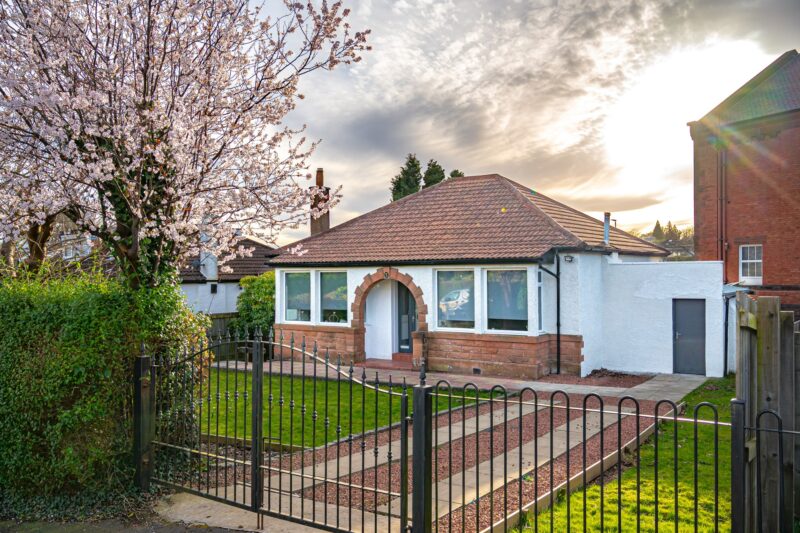
Remortgaging – What to Consider

Many homeowners end their mortgage deals this year after enjoying several years of historically low fixed-rate deals. Figures from the Office for National Statistics show that over 1.4 million households in the UK are facing a rise this year.
Rates are higher than when these homeowners took out their current mortgage deals, and when it comes to taking out a new deal, there are several things you need to consider.
How remortgaging works
When you take out a fixed-rate mortgage, it will be for a term of 2, 3, 5 or 10 years for a set interest rate. Those taking out a fixed-rate mortgage two years ago will have secured a rate of between 1.5% and 2%. Once this deal ends, the rate will switch to a lender’s default or out-of-contract rate, known as a standard variable rate (SVR).
Data from the Bank of England shows that the average rate for a 2-year fixed deal is currently 5.33%; the average 3-year fixed rate is 5.19%, 4.98% for a 5-year and 5.03% for a 10-year.
Whilst rates have been historically low, people have fixed their mortgage deals to lock in the cheap rate but given how high fixed-rate deals are currently; many people are opting for the SVR in the hope that rates will start to fall this year. However, no one has a crystal ball, and many homeowners opt for a fixed rate in case rates go up again before they come down.
When you end your deal, you can shop for alternative lenders that aren’t tied to your existing lender. Switching to a new product with your existing lender is known as a product transfer; all that changes is your monthly payments.
When your mortgage is coming to an end – you can secure a new deal up to six months before this date, helping you to lock in the best available rate should they go up but allowing you to move to a different deal if something better comes up before the date at which you need to remortgage.
If you choose a new lender, this new lender pays off the old mortgage and takes on that debt. This can incur admin fees that vary between lenders and must be considered when working out the figures.
Finding a new deal
When you come to remortgage, it’s best to shop around rather than stick with your existing lender as these rarely offer the best rate on the market. Talk to a whole of market mortgage broker who can look at every available deal and your property value to work out the Loan to Value (LTV); consider any debts you have (as this will affect your affordability) and your credit rating. If you stay with your current lender and do a product transfer, you don’t need to go through all of these checks, but chances are they won’t be the best available rate.
Those remortgaging this year will pay an extra 3.1% of their income after tax, so getting the best rate is essential. A mortgage advisor can often have access to deals that aren’t available on the high street.
The good news is that many commentators believe that mortgage rates should fall this year and then drop further in 2024. With this in mind, you should take the variable rate option and move to a fixed rate later when rates are lower. The strong labour market figures and robust retail sales mean high inflation could last slightly longer than expected. If another spring rate rises from the Bank of England, variable rates could go higher than some expected.
Given the uncertainty around inflation and interest rates, some borrowers may decide that the value of certainty over their outgoings makes fixing for 4%-5% a better option and will lock in a fixed rate deal while they remain on the market.







